With the assessment that the hydrometeorological situation continues to develop complicatedly, there is a possibility of severe drought in the summer-autumn crop of 2023. High temperatures combined with strong southwest winds, leading to a sharp decrease in water sources in rivers and streams and water levels in reservoirs in the area, with the risk of widespread drought, A Luoi district has implemented solutions to respond to drought since the beginning of the crop.
As the locality with the largest rice area in A Luoi district with about 310 hectares/year, A Roang is facing the risk of drought and lack of additional water sources in the middle of the season, leading to "exhaustion" of irrigation water for the summer-autumn crop when the heat lasts for a long time and many irrigation works are degraded.
Mr. Ho A Lua, Chairman of the People's Committee of A Roang commune, said that the whole commune has 27 medium and small irrigation works, of which 10 works are degraded and damaged, so many rice fields face the risk of water shortage during the dry season.
With the current prolonged heat wave, about 30 hectares of rice fields in A Roang 1, 2 and A Men will face a water shortage in the summer-autumn crop, leading to a very high risk of damage. This is an area with an irrigation canal system that was invested in in 2008, but is now degraded. The canal surface is broken, water seeps into the bottom, making it impossible to bring water to irrigate the fields.
Since the beginning of the season, the commune has also reviewed this area and will change the crop structure appropriately in the condition of no additional water source in the middle of the season for irrigation works in the area. At the same time, it has dug and built canals, mobilized people to irrigate, regulate water economically and reasonably, especially for areas with the possibility of drought and the irrigation system is not proactive.
According to the Department of Agriculture and Rural Development of A Luoi district, for the summer-autumn crop, the area of rice in the district that is likely to be affected by water shortage is about 172 hectares, concentrated in 14 communes and towns including Dong Son, Lam Dot, Son Thuy, A Ngo, Quang Nham, A Luoi, Hong Bac, Hong Kim, Trung Son, Hong Van, Hong Thuy, A Roang, Phu Vinh, Hong Thuong.
Of these, 33 hectares are likely to be completely lost and cannot be planted. The lack of water will directly affect summer-autumn crop production, so it is necessary to prevent widespread water shortages and droughts. The People's Committee of A Luoi district requires communes to take proactive measures in managing and using water resources appropriate to each region and locality to avoid water shortages for daily life and production.
To be proactive in drought prevention and control, providing enough irrigation water for agricultural production in 2023, the People's Committee of A Luoi district has proactively implemented immediate solutions such as using mobile oil pumps to take advantage of lakes and streams to proactively irrigate rice when necessary. Upgrading and repairing damaged and degraded irrigation works and switching crops when there is a lack of water for rice.
In the long term, the government proposes to build large reservoirs and solidify irrigation works according to approved plans. Closely monitor weather and climate developments and water shortages and droughts to effectively implement measures to prevent and combat droughts and protect production.
Mr. Van Lap, Head of the Department of Agriculture and Rural Development of A Luoi district, said that the unit coordinated with the Provincial Irrigation Works Management and Exploitation Company to strengthen guidance, dissemination, and experience in advanced irrigation, water saving, and efficient water use for localities and people to apply. Provide technical guidance on intensive rice cultivation in the direction of water saving to effectively prevent and combat drought and water shortage.
Strictly manage water resources, prevent leakage and water loss through canals, distribute water reasonably and effectively, and arrange specific irrigation schedules, rotation, and water-saving irrigation. At the same time, change the crop structure to suit areas with difficulties in water resources. Change seed sources, such as drought-resistant rice varieties, switch from rice cultivation to some suitable crops, especially for the 33-hectare area in 7 communes and towns that are at risk of total loss every year.
“The District People's Committee instructs communes to strictly manage reservoirs combined with fish farming, absolutely do not freely drain water to harvest fish, but must have a strategy to reserve water, close the bottom discharge sluice. If the water level of reservoirs is lower than the bottom elevation of the water intake sluice, then watering by pump is implemented. For production areas with water supply that are experiencing drought, it is necessary to focus on rescuing cultivated areas by measures such as using oil pumps (oil pumps of A Luoi Irrigation Station) to provide local irrigation water for each area, mobilizing people to make the most of water to fight drought when necessary,” Mr. Lap added.
Mr. Duong Duc Hoai Khanh, Director of the Provincial Irrigation Works Management and Exploitation Company, informed that the unit has inspected irrigation works in A Luoi, repaired damaged items, and ensured sufficient irrigation water from the beginning of the summer-autumn crop. At the same time, it plans to provide reasonable irrigation services and assigns specific tasks to its staff and workers to closely follow the base, proactively regulate irrigation water scientifically , and mobilize oil pumps to locally irrigate dry rice areas. For reservoirs, it is necessary to store water to ensure sufficient useful capacity, and dredge canal head sluices to ensure water intake at the design elevation.
Source


![[Photo] Ho Chi Minh City holds funeral for former President Tran Duc Luong](https://vphoto.vietnam.vn/thumb/1200x675/vietnam/resource/IMAGE/2025/5/24/9c1858ebd3d04170b6cef2e6bcb2019e)


![[Photo] Party and State leaders visit former President Tran Duc Luong](https://vphoto.vietnam.vn/thumb/1200x675/vietnam/resource/IMAGE/2025/5/24/960db9b19102400e8df68d5a6caadcf6)


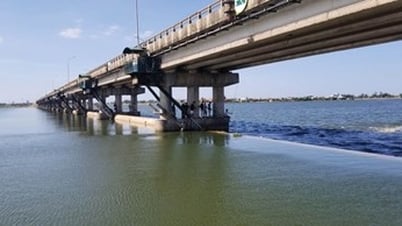
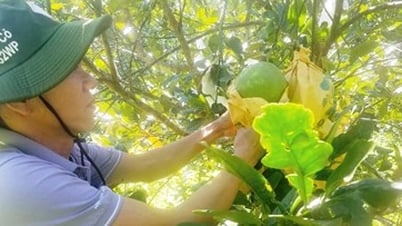









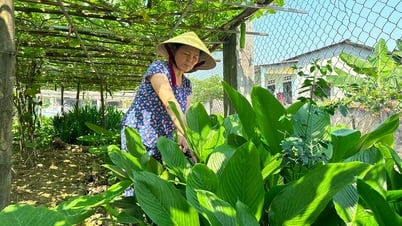

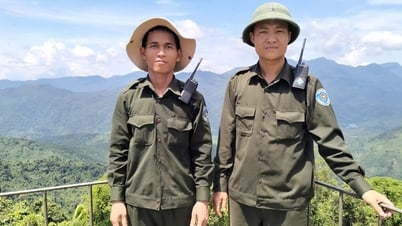
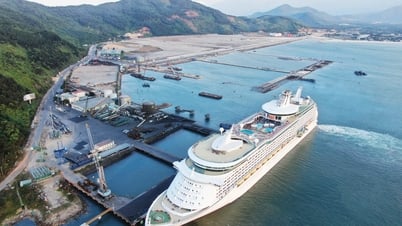
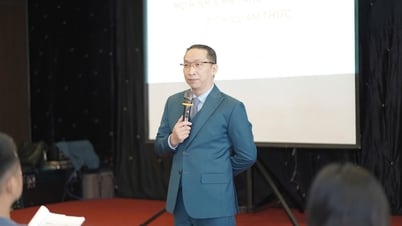
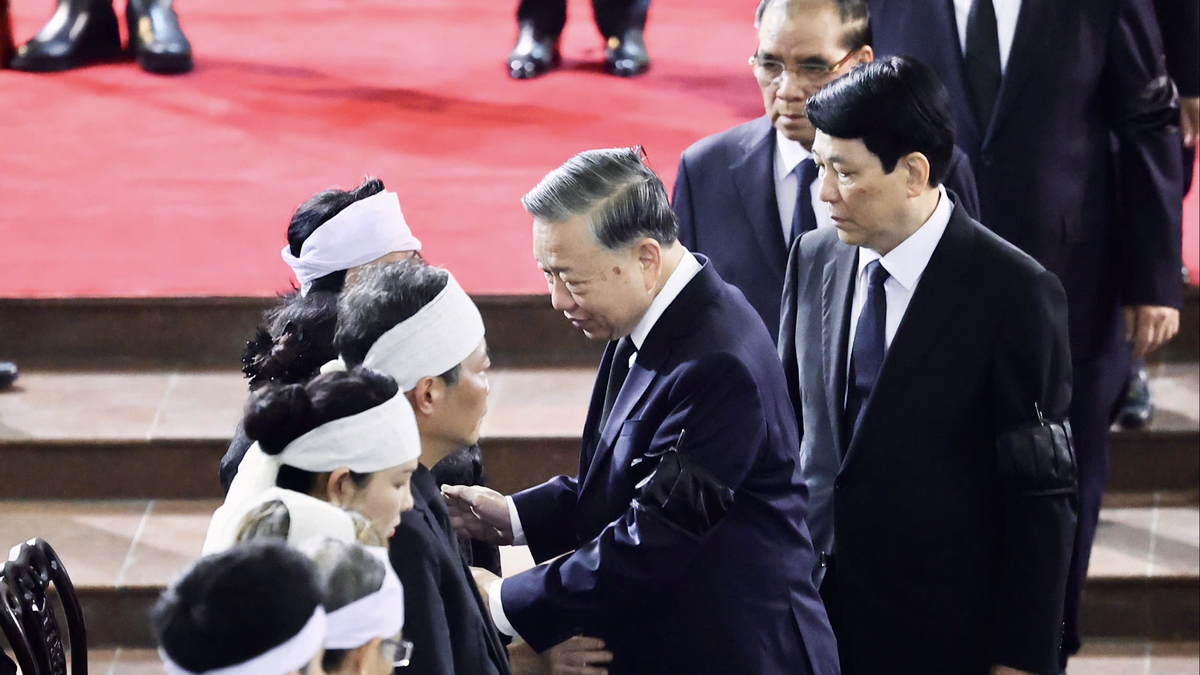






































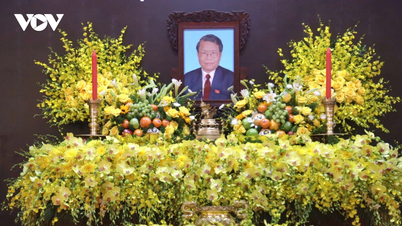

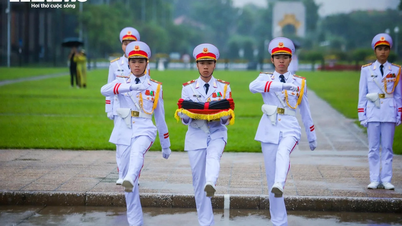










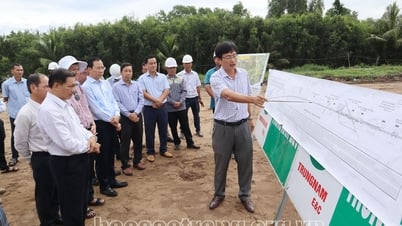

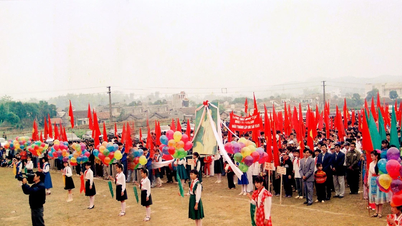



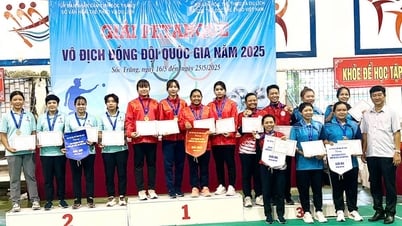












Comment (0)